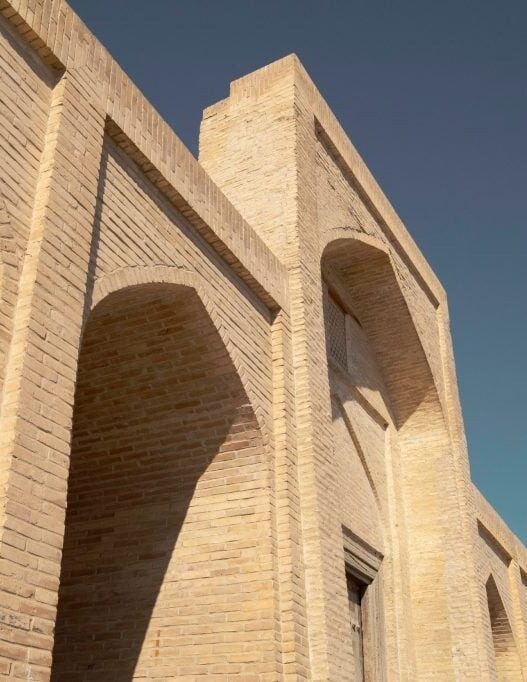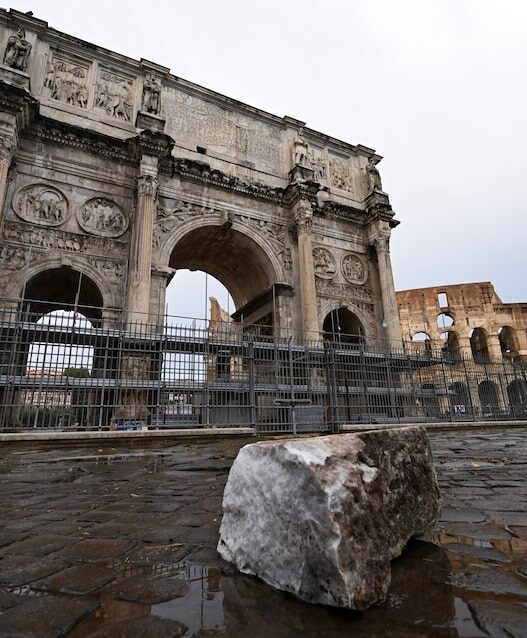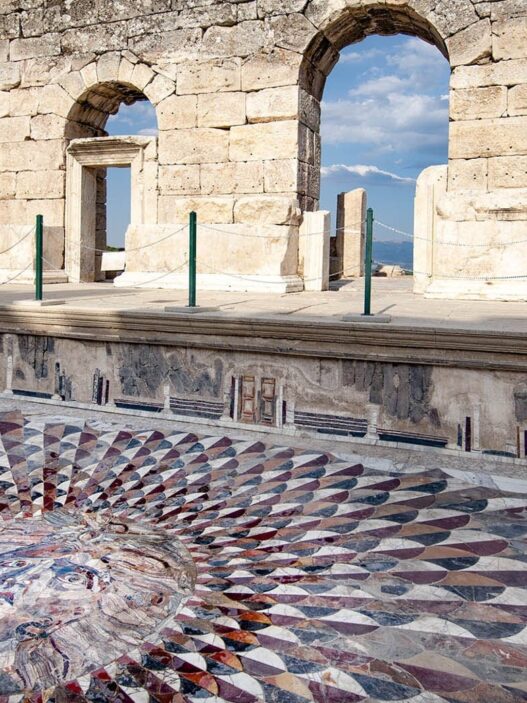A new study conducted by the climate risk firm Climate X has unveiled alarming data regarding the impact of climate change on UNESCO World Heritage sites. The research identifies the 50 most vulnerable sites out of the 1,223 UNESCO-designated locations worldwide, highlighting an urgent need for increased awareness and action within the cultural sector to protect these invaluable landmarks.
The study employed sophisticated climate modeling to predict how various hazards—such as drought, extreme heat, and flooding—could impact these historic sites over the next century. Among the most endangered is Indonesia’s Subak irrigation system, a ninth-century marvel now facing severe threats from drought, extreme heat, and floods. The report also flags other critical sites, including the Cave of Pont d’Arc in France, which is renowned for its ancient figurative drawings but now risks flooding and landslides, and the Sydney Opera House in Australia, which is increasingly vulnerable to storm surges and coastal floods. In China, the Quanzhou: Emporium of the World in Song-Yuan, a key site of maritime trade from the 10th to 14th centuries, faces potential devastation from drought.
The findings also spotlight four UK sites that are currently under threat. The iconic Forth Bridge, which spans the Firth of Forth in Scotland, and the uninhabited island of St Kilda—home to relics dating back 2,000 years—are both at risk of coastal flooding. Scotland’s 18th-century mill village of New Lanark could suffer damage from landslides, while Studley Royal Park in Yorkshire faces the threat of severe storms.
Alison Tickell, director of Julie’s Bicycle, a charity that mobilizes the arts for climate action, emphasized the cultural sector’s critical role in safeguarding these historic sites. “This report serves as a clarion call to the dangers of climate change, which is already causing devastating damage to places and communities,” Tickell stated. “Culture and heritage are the threads that connect us across time and place, and we must recognize culture as the missing link in climate action. Our efforts must extend beyond raising awareness to actively decarbonizing and regenerating nature. If we fail, we risk losing invaluable cultural guardians and the stories they tell.”
Landscape archaeologist and cultural heritage expert Dr. Nadia Khalaf, from Exeter University, echoed these concerns, noting the profound impact that losing these sites could have on communities. “Heritage sites form a significant part of our identity, and the loss of historic landscapes could severely affect not only tourism but also community well-being,” Dr. Khalaf remarked. “The shared heritage that binds us together is at risk, and its disappearance would have far-reaching consequences.”
In addition to the findings of the Climate X study, a separate research project funded by the UK government’s Shared Outcomes Fund is set to assess the effects of climate change on three additional UK-based UNESCO sites. Heritage experts from Newcastle University will lead this £1.8 million project, focusing on Hadrian’s Wall, the North Devon Biosphere Reserve, and Fforest Fawr Global Geopark in the Brecon Beacons. The project aims to evaluate how climate change is impacting these sites and develop strategies that can be adapted for use both in the UK and internationally.
James Bridge, chief executive and secretary-general of the UK National Commission for UNESCO, highlighted the importance of this initiative. “The UK’s UNESCO designations have a long history of collaboration, making them ideal testing grounds for this exploratory approach,” Bridge said. “While the pilot will focus on three specific UK sites, we hope the results will be broadly applicable and beneficial to heritage sites around the world.”
As climate change continues to pose a growing threat to global heritage, it is clear that the cultural sector must play a pivotal role in preservation efforts. Protecting these sites is not just about safeguarding history; it is about preserving the cultural identities and stories that connect us all.




















